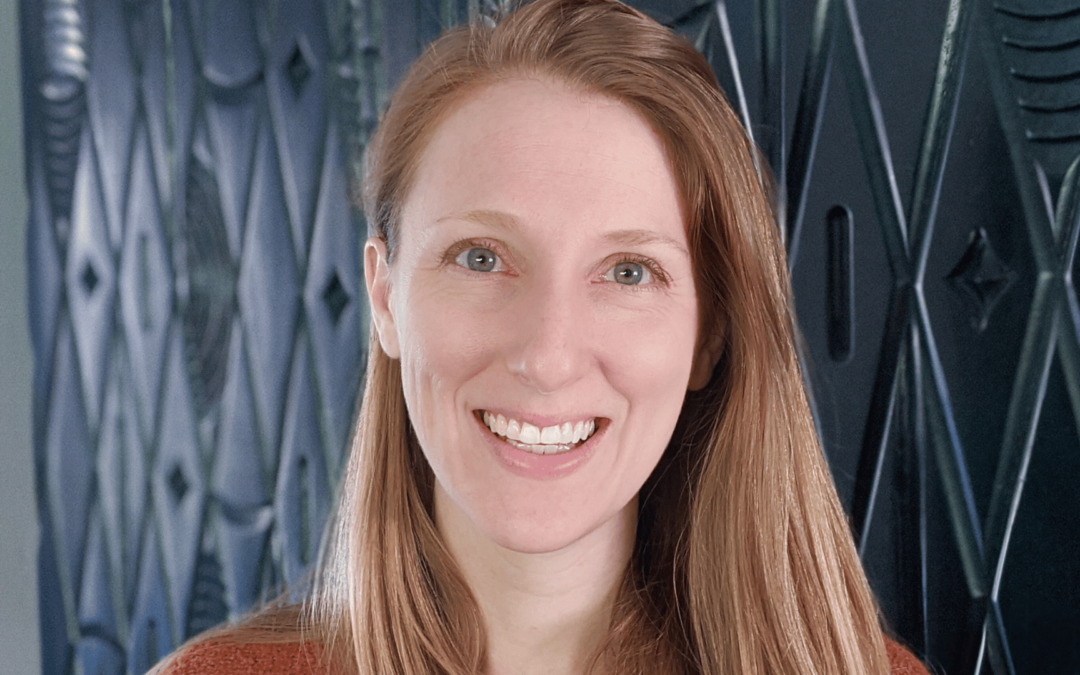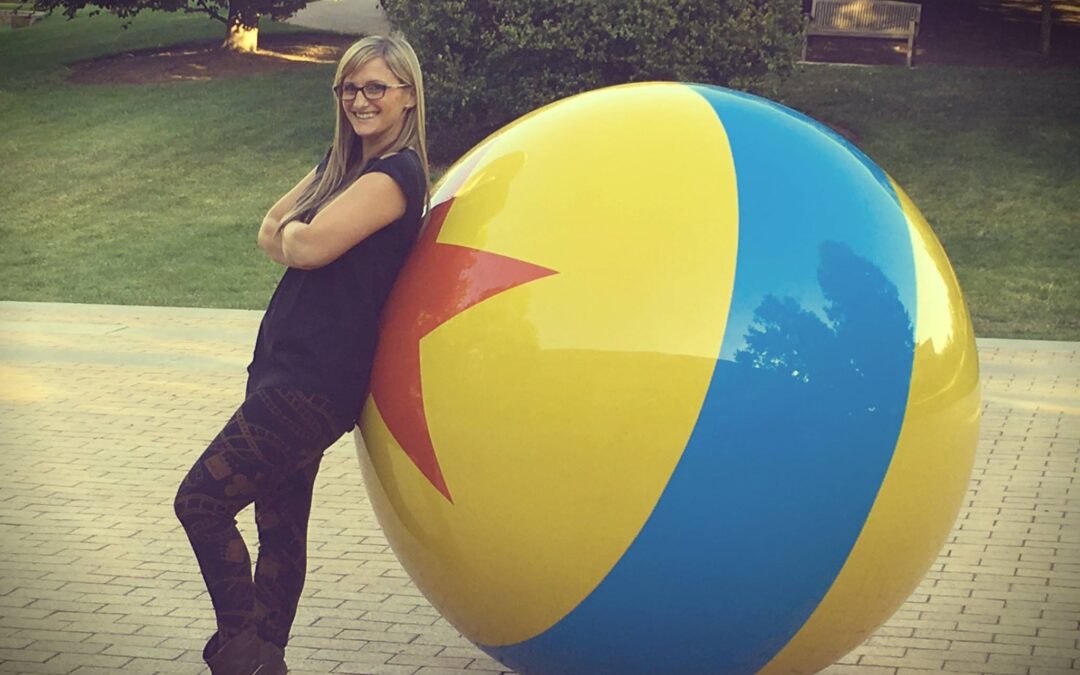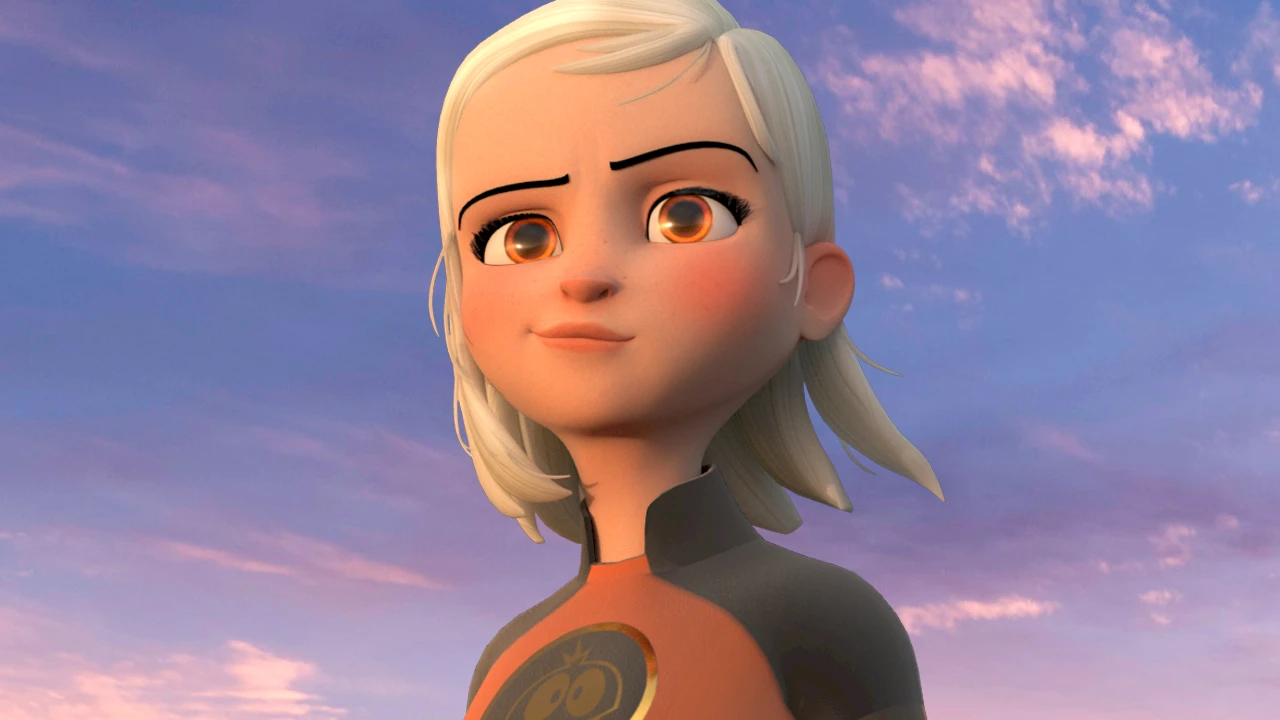Animation Mentor graduate Peter Butler recently won the Films for Kids award — for his animated short, Baggage — at the inaugural St Albans Film Festival. In this special two-part blog, Peter first speaks of how the short came to life and the fun he had creating the magic with Animation Mentor alumni. And in an upcoming blog, Peter shares some pretty cool tips and tricks. Thank you, Peter … we are so proud of you.
— The Animation Mentor Crew
How do I come up with a simple character idea?
I have to constantly observe. The whole idea for Baggage came from watching people struggling (to) pull along their suitcase when they were getting off a train. It occurred to me how much the bag was similar to parents trying to pull their child away from an arcade or other enticing object — which is the reason why I added a scene in the film with the child and a bowl of sweets.
I find the best ideas are always the simplest. Start with a great foundation and you’ll find many ways to expand from it. This could be subplots or simple comical elements, as long as you’ve got a solid and easy-to-understand foundation so the story can be built up into many layers.
It’s always said that story is the most important element of a film/animation. But I disagree — character is the most important element. In fact, I’d go as far as to say that you can watch someone with no dialogue and no story for a long time.
How many times have you found yourself watching the world go by? Most of the time there’s no story but if it’s an interesting character or characters you’ll find yourself watching them. For example, an old woman on a bench feeding the pigeons. She’s an interesting character, maybe she has one of those big (shopping carts) with all her possessions in, maybe she mumbles to herself as she breaks up the bread to give to the pigeons.
Great characters always have memorable traits and great characters should contrast and complement each other.
Back to the point of coming up with a simple character idea. I think one of the key things I always do — other than observe — is to really imagine what it’s like to be that person or inanimate object. What’s it like to see the world from his or her — or its — point of view? Does the person or inanimate object’s size and shape bring up elements that could make key story points?
Contrast is always key in any art, so why not contrast them with another character? Classics like Laurel & Hardy still work because there’s something inherently funny about one skinny guy and one fat guy.
These things became clear when working with my fellow Animation Mentor alumni
All of the people I worked with went above and beyond. We felt like a family. We’ve all been through the same training, we know how hard it is and so anything we can do to help our peers is second nature.
Also, being able to use the same terminology and have the other person get exactly what you meant over email saved a lot of time. Obviously, there were times where I’d send some previsualization if it was a particularly complicated camera move and the characters had to hit their marks at exact points. But when it came to animation, it was very easy to explain where improvements or changes were needed because we all were on the same page in terms of language.
Working with Animation Mentor alumni kept my enthusiasm up. There were many days where things just weren’t going right or I couldn’t come up with a solution to a problem. But talking to the others, even though they weren’t in the same room, really helped.
Obviously the Animation Mentor crew worked very hard to create a system that streamlines the process of educating pupils in the art of animation and it works very well. What I think is less apparent at first glance — but just as well implemented — is the art of camaraderie/teamwork. It’s almost sprinkled into each term on a subconscious level and it was only when I started to work on the film that I realized how key it was to selling my idea to others. Getting them to believe in the film as much as I did, in turn, brought out the best in all of us.
I can’t stress enough how important it is to create high energy within a team. You could have the greatest idea, be the most talented artists in the world — but if you’re negative then it will spread like wild fire and the end project won’t be even close to what you could have achieved in a high-spirited team.
Some people might think this only applies to teamwork but it doesn’t. Which is why it’s also important if you’re working on your own to just talk to other people about your ideas, show them where you’re at. Even if you don’t go with the ideas they come up with, it will help reassure you that you’ve explored every avenue and that you’re heading in the right direction.
Also, get out and see friends — this will help keep the high energy which you can put back into your film. Whatever you do, don’t get dragged down and end up hating what you’re doing. If you follow the above this shouldn’t happen.
The future can work
For me, it will be very interesting to see how Animation Mentor takes team building up a notch in their new programs. I also think Baggage is proof that you can collaborate online with others as there were four Animation Mentor alumni who helped with some of the background characters. Plus a friend that rigged the bag and another that rendered the sunset in one of the shots. I see no reason why Bobby Beck’s ideas for the future couldn’t work.




